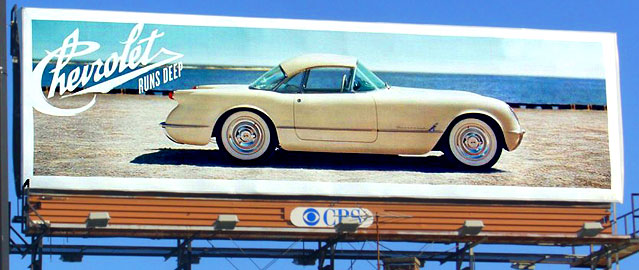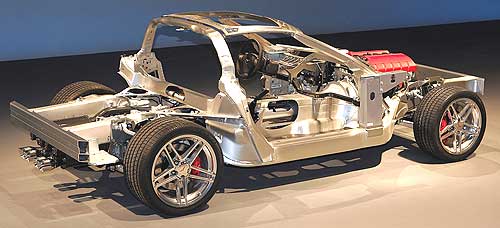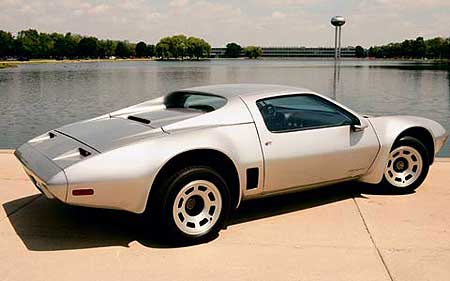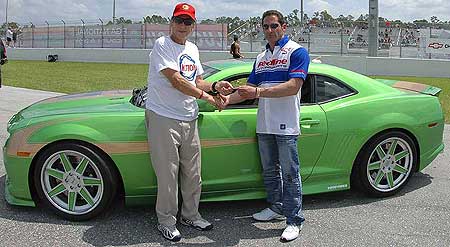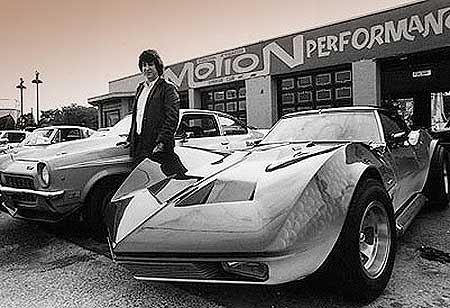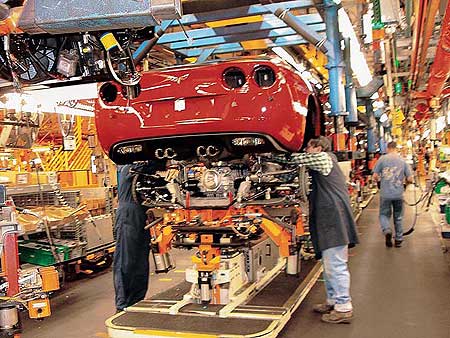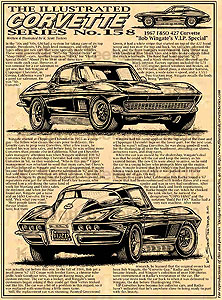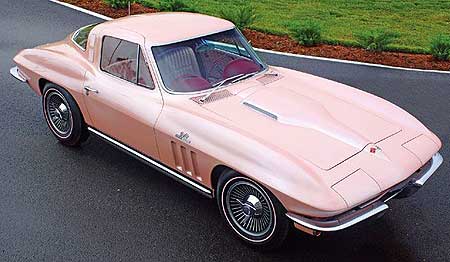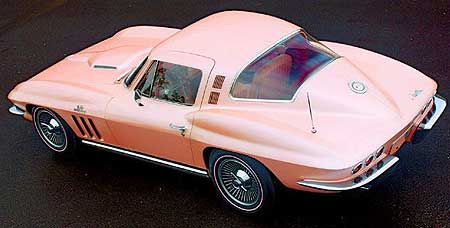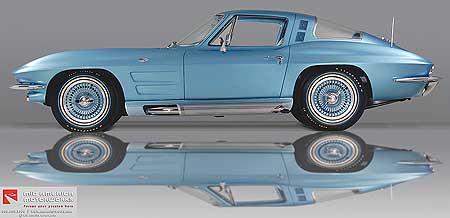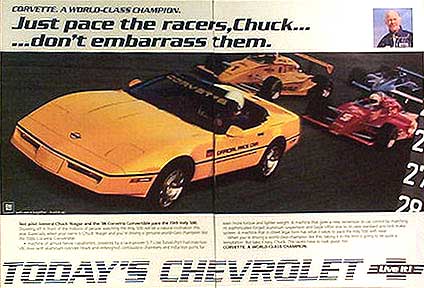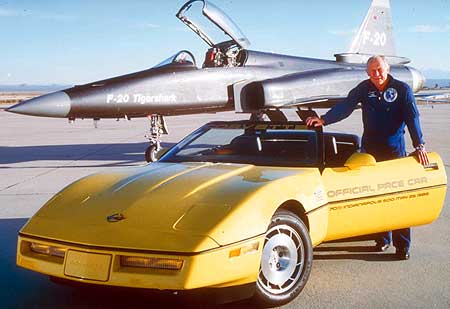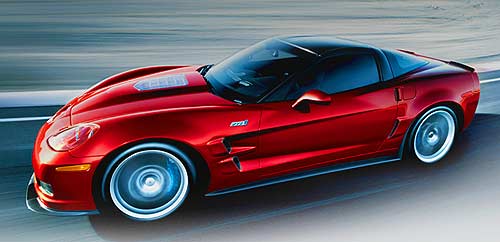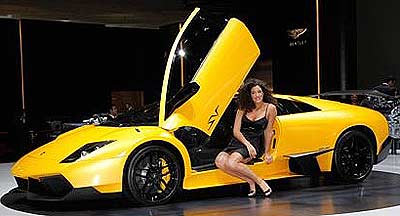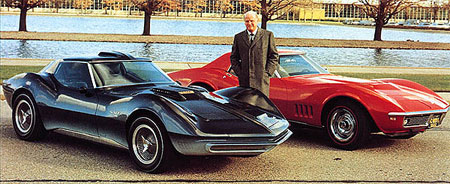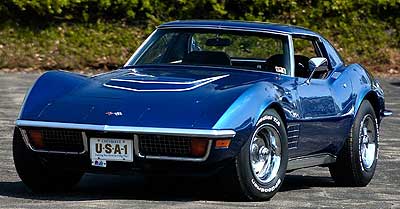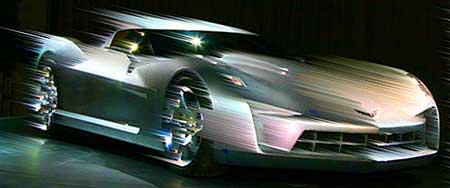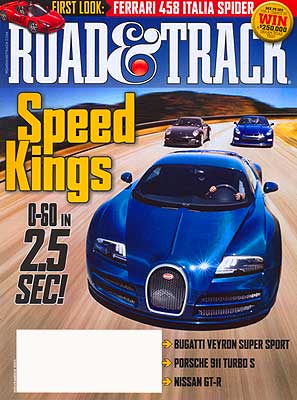Dateline: 10.20.11
If Chevrolet offered brand new C1, C2, and C3 Retro Corvettes, would you buy one?
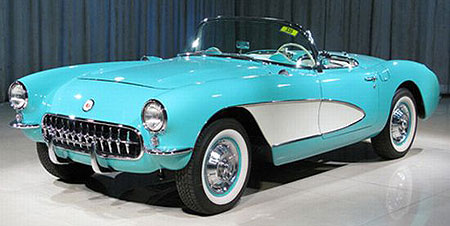
Take our Poll at the bottom of this post.
The other day I posted a story featuring a collection of make-believe Chevy billboards titled, “Billboards We’d Like to See”. (check it out HERE) Without really thinking deeply about it, my subtitle was, “If Chevrolet was to make retro Corvettes, would billboards such as these help sell cars?” The subtitled popped into my head because as I was looking at the mocked up Corvette billboards, I was struck by just how beautiful the C1, C2, and C3 cars were.
Now this would never, ever, ever happen – but it’s fun to imagine. The basic idea would be this. Start with two Corvettes from each of the first three generations. Let’s say a ‘57 and a ‘62 for the C1 group, a ‘63 and a ‘67 for the C2 Sting Ray group, and a ‘69 and a ‘78 for the C3 group. The idea would be to take the original designs and update the drivetrains, wheels, tires, and brakes, safety requirements, and interior materials and creature comforts. Aside from modern paint colors, wheels, and tires, they would look very much like their original counterparts. They need not be quasi race cars, loaded to the gills with hi-tech hardware. Just brand new, modernized, old-style Corvettes. Sound interesting? So, let’s look at each component.
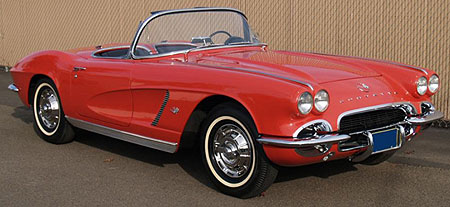
Engine & Drive Train: Each car could be powered by an LS3 engine, coupled with a 6-speed manual or automatic transmission. Suspensions should use essentially the original design layout, but with modern shocks, correct anti-sway bars, bushings, steering, etc. The frames should be patterned after the originals, but strengthened in all the known areas of weakness and modified to accept wider tires.
Wheels, Tires, & Brakes: The modified frames could accept tires with modern widths. The wheel diameters should stay at 15-inches so that the wheel/tire proportion looks period correct in the wheelwells. Wheels should be spun-cast aluminum and period styled. C1s could get 15×8 Halibrand styled wheels. C2 and C3 cars could get 15×8-inch spun-cast aluminum Rally wheels or finned knock-odd-style wheels. Brakes should be modern C6 base model brakes.
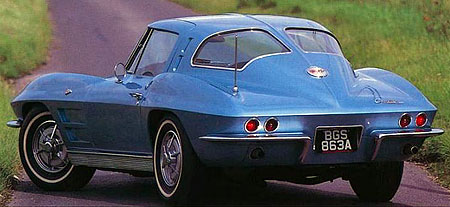
Interior: The dash layouts should stay true to their original design, but with upgraded electronic gauges, Bose sound system, airbags, modern leather bucket seats (the original C2 and C2 buckets are really just narrow bench seats), A/C, electric windows and side mirrors, and Nav system. These are cruisers, so the emphasis is on comfort and amenities.
Body: The C1 and C2 cars should get small ‘67-’69 Z-28-style chin spoilers. The C2 cars need a slight forward rake to keep the front end down at higher speeds, All of the cars need to be slightly lowered too. There should be optional hoods. Headlights should be modern LED units but styled in period correct housings. Continue reading “Vette Polls: Would You Buy A New, Factory-Built Retro Corvette?”






